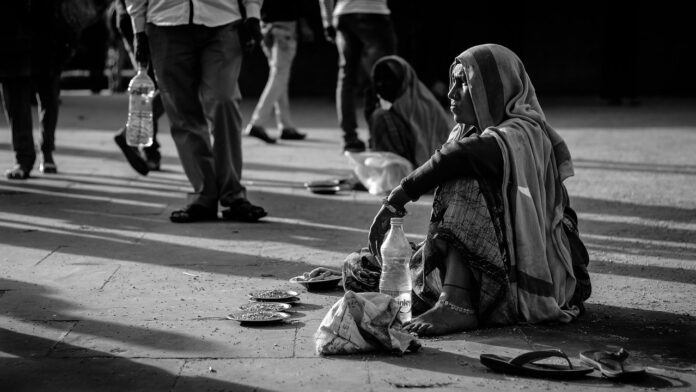The fact that poverty in the modern world is a scandal that the so-called civilized countries are to be ashamed of is not a news. But what we cannot get easily used to is the quantity of poor children who in the US, one of the richest countries on the planet, contrasts incredibly with the super wealth of the high class.
Children’s Defense Fund is a research institute that deals with the problem of child poverty in the United States. Its reports state that against the 1% of the richest population in the country we find about 12 million children living below the poverty line, proportionally 1 in 6. In 2016, approximately 1.3 million children under 6 were homeless.
https://www.childrensdefense.org/policy/resources/soac-2020-child-poverty/
In the ranking established by Save the Children, the United States occupies the 36th place in the overall care of minors, together with China.
How is such a contradiction even possible? This is as incredible as the fact that the three richest men in the United States, namely Jeff Bezos, Bill Gates and Warren Buffet, have the same wealth as the 50% less wealthy Americans, which is more than 160 million people.
According to the drafters of the report, the problem lies in income inequality, or rather in the unequal redistribution of wealth produced by the work of the community. The gap between the rich and the poor widens because the increase in well-being is of very little benefit to the most disadvantaged and is used, on the contrary, to satisfy the greed and ambition of the wealthier classes.
Again, in terms of numbers: 0.1% of the richest population earns 188 times more than 90% of the poorest population. In practice it is like watching a speed race between a Ferrari and a small car.
It is clear that the Ferrari will increase its advantage over the subcompact with the passing of the seconds, but one has to wonder if an economic system of this kind can go on forever.
In other words, what does it mean for a poor American child today to find himself tomorrow, as an adult, facing an insuperable disadvantage determined by the very few opportunities he has used?
Will we still live the American dream, in the country of opportunities, or in a society divided into castes?








